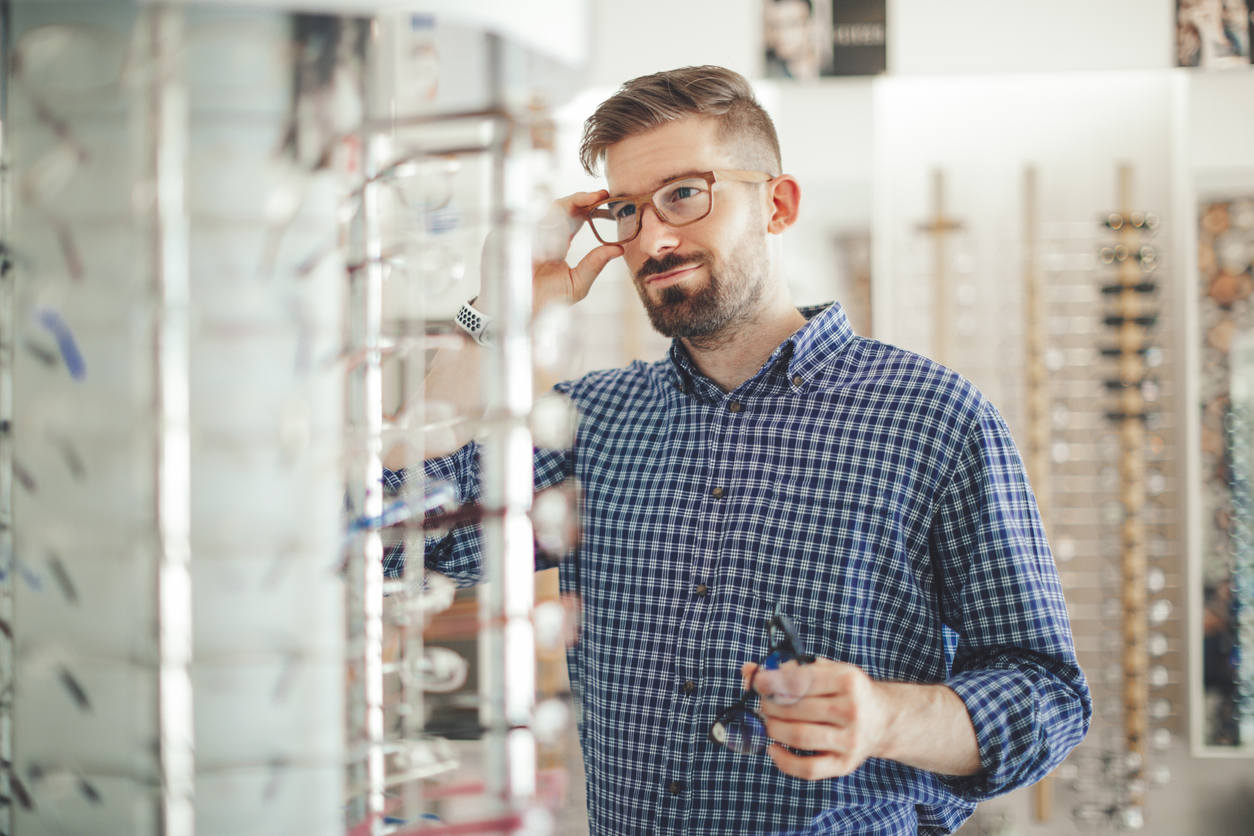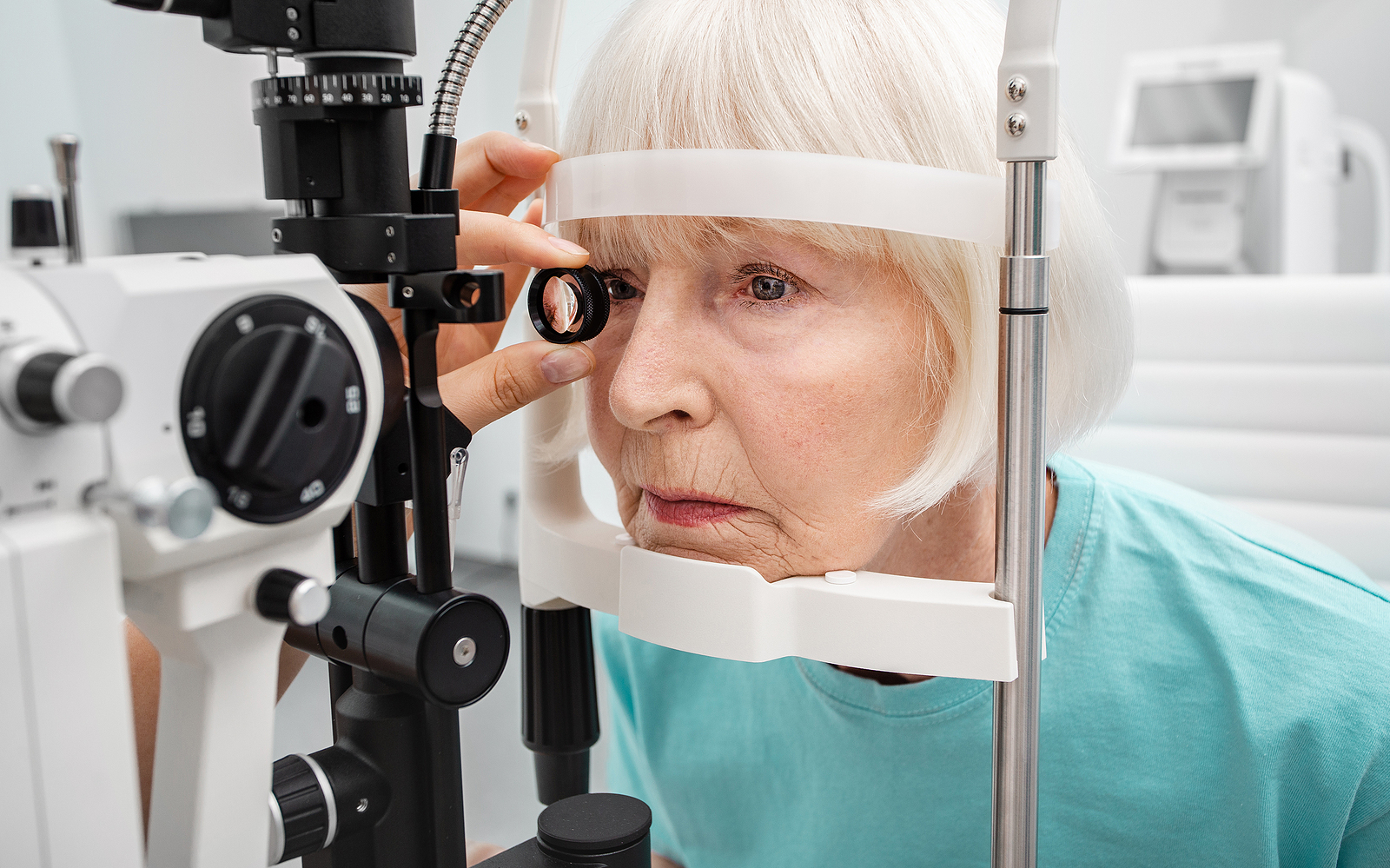If You Have High Myopia, Here’s How You Can Protect Your Eyes

Severe nearsightedness has been linked to a number of other vision conditions. Here’s what you need to know about high myopia.
Myopia, or nearsightedness, is a common condition that makes it difficult to see objects at a distance. Severe nearsightedness, which refers to prescriptions of -6.00 D and over, is called high myopia.
While your eyes can be perfectly healthy and severely nearsighted at the same time, research has found that high myopia is associated with a number of conditions that can cause vision complications. Fortunately, if you have high myopia, there are steps you can take to protect your eyes.
What Causes High Myopia?
Genetics often contribute to the development of high myopia, which is marked by the stretching and lengthening of the eyeball. This distortion causes light to focus in front of the retina rather than on it, resulting in blurry vision.
Many people develop myopia in their youth, and the condition naturally intensifies as they grow. While myopia isn’t inherently a sign of poor eye health, a number of studies have noted correlations between severe nearsightedness and a higher occurrence of eye diseases and vision conditions, including cataracts, glaucoma, and retinal detachment.
Even people with mild and moderate myopia may have a two to three times greater risk of developing glaucoma than those without myopia. One study found that in adults aged 40 and up, those with high myopia were twice as likely to develop glaucoma as those with moderate myopia, and three times as likely as those with mild myopia.
Myopia of any severity also contributes to the risk of retinal detachment, but high myopia increases the risk ten times over. One study concluded that nearly 55 percent of non-trauma related retinal detachments are caused in part by myopia. Highly myopic eyes are also more likely to develop a detached retina in the years following cataract surgery.
How to Manage the Progression of Myopia
If you have high myopia, the best thing you can do is to have regular eye exams. This will allow your eye doctor to track the speed and degree at which your vision is changing.
The severity of prescription required to correct high myopia may necessitate bulky glasses, which leads many to seek alternative forms of treatment. Because of how high myopia affects the shape of the eye, patients may not be good candidates for LASIK. However, those with severe nearsightedness may still be optimal candidates for intraocular lens replacement procedures and other corrective procedures.
Another option is orthokeratology, which is the practice of wearing specially designed gas-permeable contact lenses while sleeping. These lenses help to gently reshape the cornea during the night, which allows you to see more clearly during the day. These lenses need to be worn nightly for the effect to last, but they have been shown to slow myopia’s progression.
If you have high myopia, or if you’re curious whether you might be a good candidate for refractive surgery, don’t hesitate to contact us today at our Mesa and Chandler locations. Our team of expert eye doctors is ready to walk you through which corrective procedures are available and best suited to your symptoms and lifestyle.
[DISPLAY_ULTIMATE_SOCIAL_ICONS]








